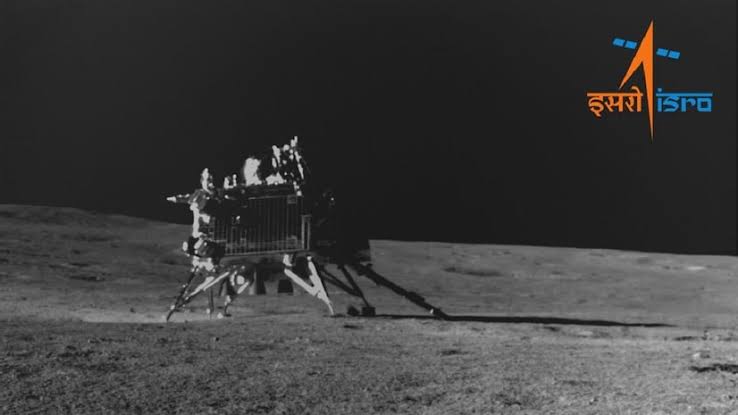Chandrayaan-3 of India landed successfully near the Moon's south pole, and that region was discovered to be approximately 3.7 billion years old. It is here that scientists are offered a very special chance to analyze the Moon's early history and geological evolution. The ancient terrain may tell a lot about the formative years of the solar system and thus provide hints towards planetary formation and the availability of water ice in permanently shadowed craters. Such discoveries could be crucial for future lunar exploration and the exploitation of resources on the Moon.
Source: BBC
